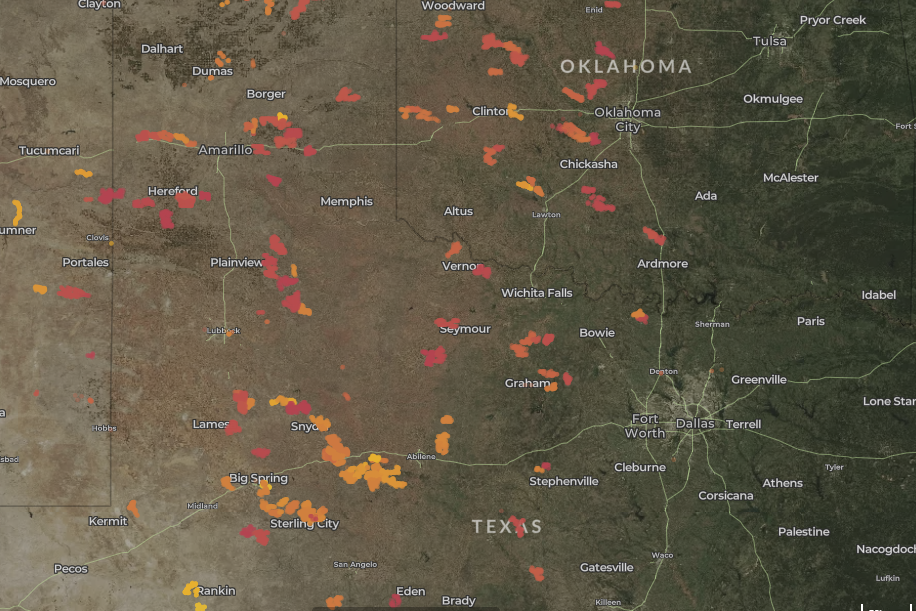First Impressions of the USGS Map of Every Wind Turbine in the Country
- Hank Felsman

- Feb 18, 2019
- 2 min read

Given our planet’s carbon-free energy needs and the fact that 4 million onshore wind turbines would power the entire world, it’s only human to think about where these windmills might go. In the United States, 583,000 windmills would power the country; in other words, at 0.75 acres per turbine, a single wind farm half the size of Long Island is all we would need.
Since people and the Internet are both amazing, there is a map courtesy of the U.S. Geological Survey (USGS) that exists for public consumption of every wind turbine in the United States (58,449 windmills, as of January 2019), as the above image shows. At this zoomed-out scale, the first thing that jumps out is all the windmills in the Great Plains. The initial reaction is that these windmill-laden states – Texas, Oklahoma, Kansas, Iowa – are all politically “red” states supportive of a Republican party whose main position on climate change for much of this century has been one of willful denial. And yet, despite the politics, wind energy is flourishing here for one simple reason: wind. This is the area where the wind in America is strongest, and hence the most profitable – denialism be damned.
Let’s take a closer look at the region west of Dallas and Oklahoma City. The colors indicate the year the windmills began operating. Warmer colors signify more recent years, with pink being the most recent (last 2-3 years), yellow being the early 21st-century, and blue being the late 20th-century. As we can see, there’s a lot of pink and orange, some yellow, and no blue; in other words, most of these windmills are very new.

How about Chicago: the Windy City? Same thing: lots of new windmills.

And the East Coast cities: New York and Philly?

Nothing; darkness; crickets… There looks to be a wind farm up in the Poconos, but nothing in Greater Philadelphia. Up around New York City, there are two little dots; each represent a single turbine, good for powering about 300-400 homes, depending on home size. Because, once again, the Internet is amazing, we can hop into Google Maps and find either windmill. Here she is in Bayonne, NJ, in all her glory, a radically post-modern representation of Lady Liberty:

And here’s the view from the street:

Not bad! Hardly looks any worse than a satellite dish...
Naturally, this begs the question: can we do more of this? Can we put windmills in metropolitan areas, outside of downtown cores? Power the world that way, one windmill, 300-400 homes at a time?
A question that I beg you, dear reader, to consider with humility, and reverence at the power of the Internet, in all your noblest pursuits.

HANK FELSMAN
Contributor


Comments